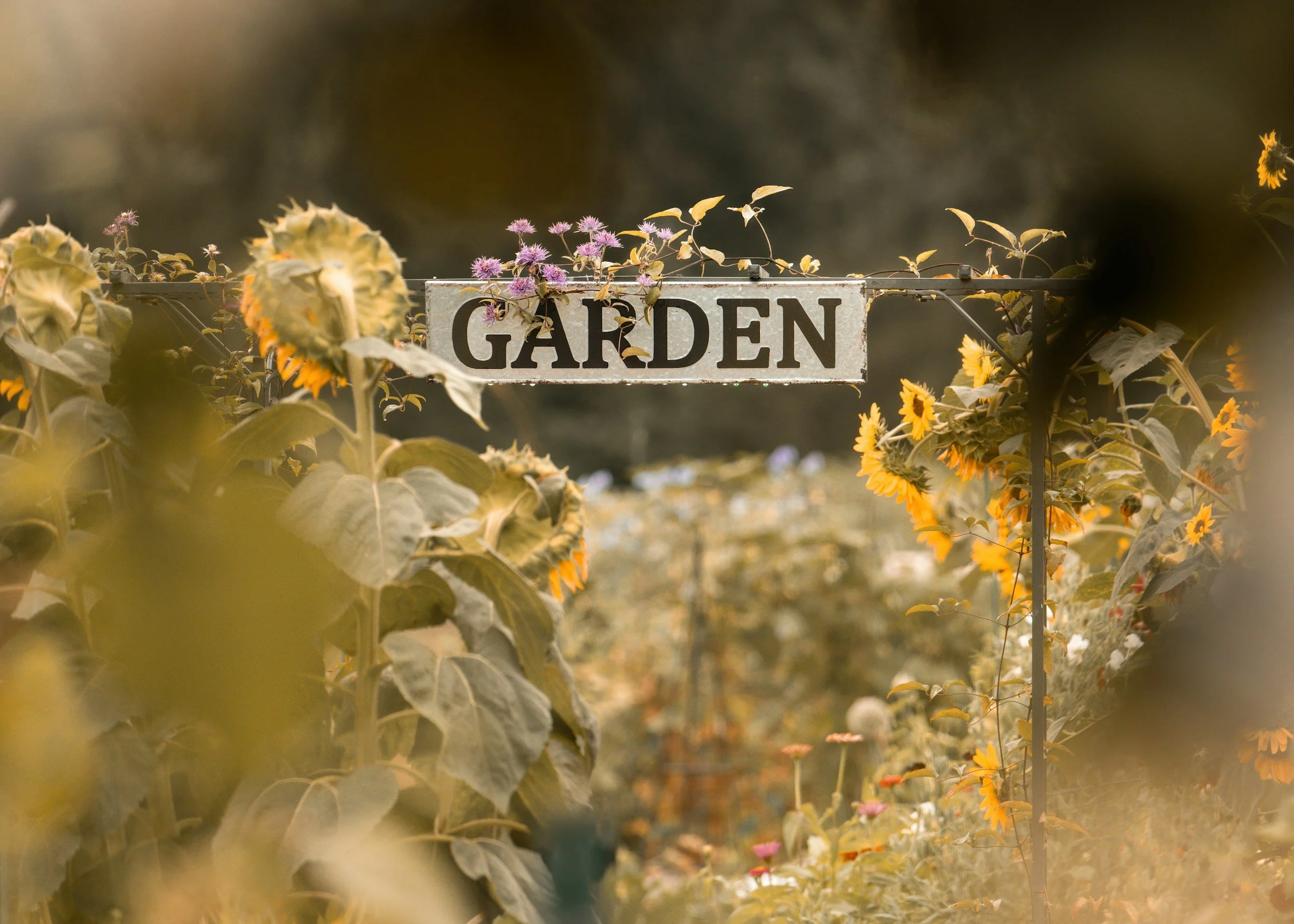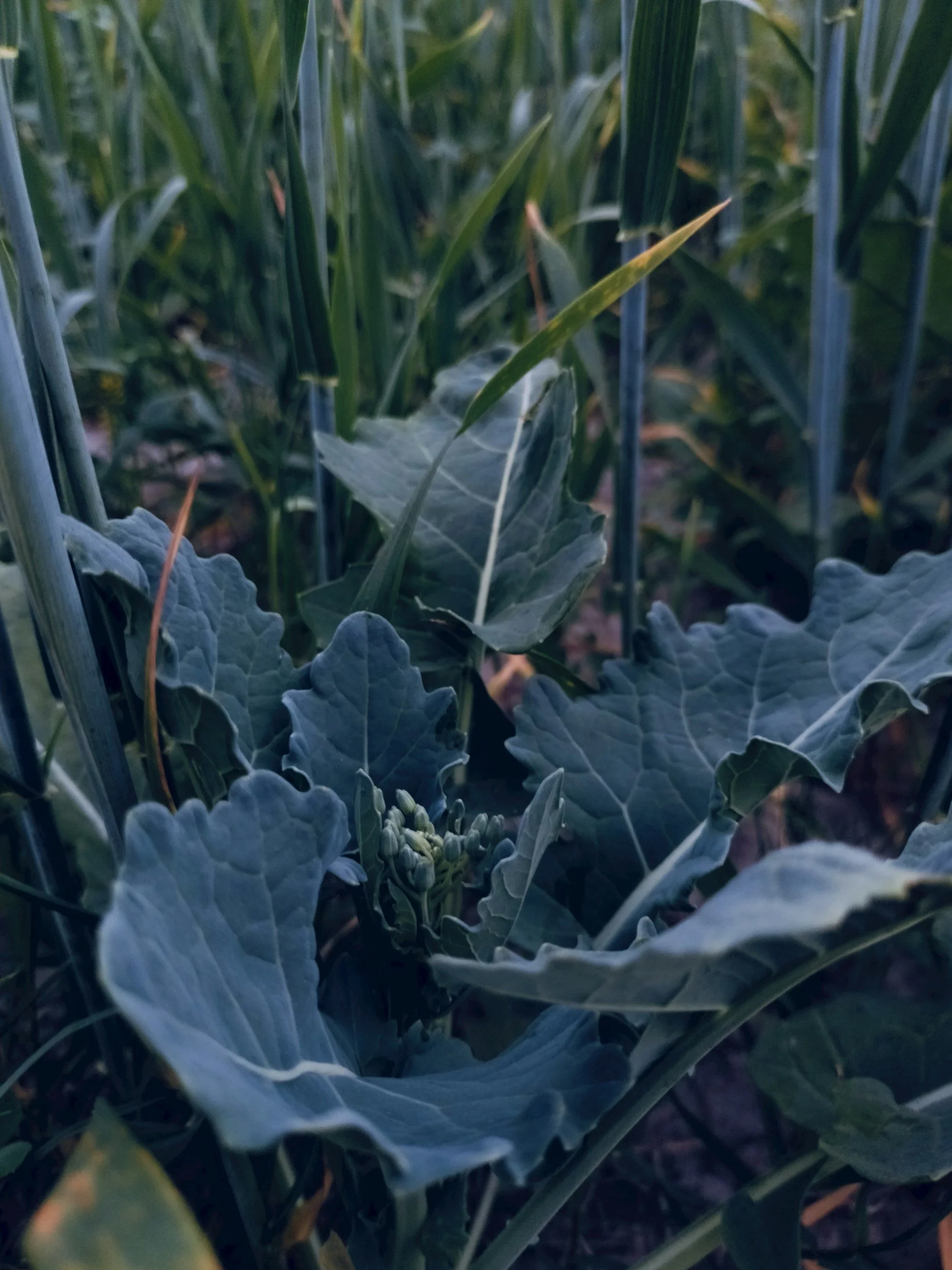Ask OGS: Fall Gardening in WNC
Dear OGS,
I just moved here. I want to plant a fall garden, but I’m not sure where to start. Can you grow much around here in fall?
—Looking for Inspiration in Weaverville
Dear Inspired,
In the fall and even into winter, individuals can grow a variety of vegetables in their gardens. Fall gardens showcase an impressive selection of vegetables, including onions, peas, cabbage, radishes, beets, rutabagas, spinach, turnips, mustard, kohlrabi, arugula, radicchio, lettuce, mache, carrots, broccoli, cauliflower, Brussels sprouts, kale, collards, and Swiss chard. Some vegetables are believed to taste even better when cultivated in the fall, and it is said that collards and kale become sweeter after the first frost. Garlic is typically planted in October or November for harvest the following summer. In some years, gardeners have been known to enjoy fall lettuce in March, protected by a low tunnel covered with floating row cover.
Although the weather may still be hot and humid, it is a great time to start planting a fall garden. Gardeners should aim for their plants to be mostly mature before the first frost. To determine the proper planting dates, they can check the seed pack for maturity timelines and count back from the expected date of the first frost. Many expect frost to occur in early October. Direct seeding is advised for root crops and peas, while most other vegetables can be either direct-seeded or started as transplants. Transplants do not occupy garden space until planted, allowing summer vegetables more time to produce. If it’s too late for seeds, gardeners can buy transplants at local garden centers or farmers' markets. It’s also recommended to plant seeds a bit deeper in the fall than in spring, as the ground is warmer and moisture levels may be lower. Lettuce and spinach, for instance, will not germinate in temperatures above 85 degrees. Shading the seedbed can help keep the soil cooler and moister, but it should be removed as soon as the plants begin to germinate to prevent legginess.
For those new to gardening, selecting a spot with full sun and good air drainage for the garden is essential. Ideally, the garden should be located close to the house for easy tending and harvesting, but not at the bottom of a hill where frost might collect. A free soil test from the NC Cooperative Extension can help determine what amendments may be needed for the soil.
To prepare an existing garden for fall planting, remove all spring and summer crop residues. Gardeners can compost everything except diseased material, which should be destroyed or removed from the area to prevent the spread of disease. Seedy weeds can only be composted if there is confidence that the compost pile reaches sufficient heat to kill the weed seeds. Any necessary soil amendments, such as lime and rock phosphate, should be added as needed. Incorporating finished compost can enhance nutrient content before planting, and turning the soil can help aerate and loosen it. Fall vegetables typically require high fertility and adequate soil moisture for optimal growth. A side dressing of fertilizer, applied 3-6 weeks after planting, can be beneficial. If vegetables haven’t been grown in this spot before, introducing generous amounts of fully composted manure can improve soil consistency and nutrient levels. Cover-cropping areas that won’t be used in the fall is another consideration. Protecting plants from the first frost can often yield several more weeks of frost-free weather.
Gardening enthusiasts may encounter increased problems with insects and diseases during this time of year, as these populations have had the entire summer to multiply and thrive. Cabbage worms, which particularly enjoy eating brassicas such as broccoli, cauliflower, collards, kale, Brussels sprouts, and cabbage, can become a significant issue. Gardeners can hand-pick these worms from the plants and either squash them or place them in a jar of soapy water. Bacillus thuringiensis (Bt) is an effective organic insecticide that targets these soft-bodied caterpillars and should be applied as a spray, ensuring all sides of the leaves are thoroughly coated, and reapplication is made as indicated on the label.
As fall weather is often drier, gardeners should supplement rainfall as needed to ensure plants receive about one inch of water per week. Seedlings and transplants may require more frequent watering, sometimes even daily, until they are well established. Using mulch can help retain moisture in the soil and provide winter protection for plant roots.
By planting their gardens now, individuals can look forward to fresh gourmet salads and collards with cornbread this fall!
Thanks for writing,
OGS
This blog post, written and copyrighted by Ruth Gonzalez, was originally published as part of a previous Organic Growers School article series called "Ask Tom," which addressed the growing concern. Some updates may have been made by OGS staff to keep the content current.



